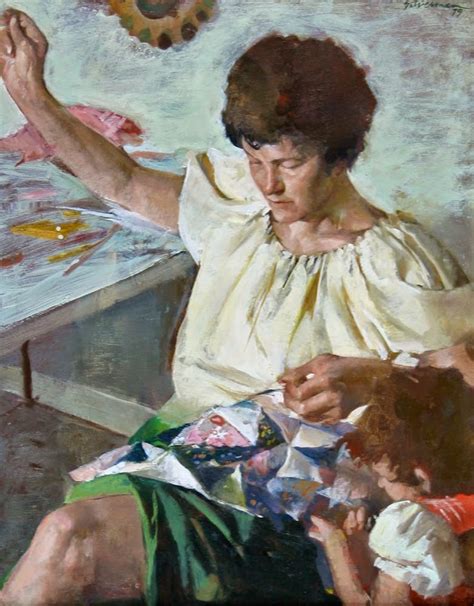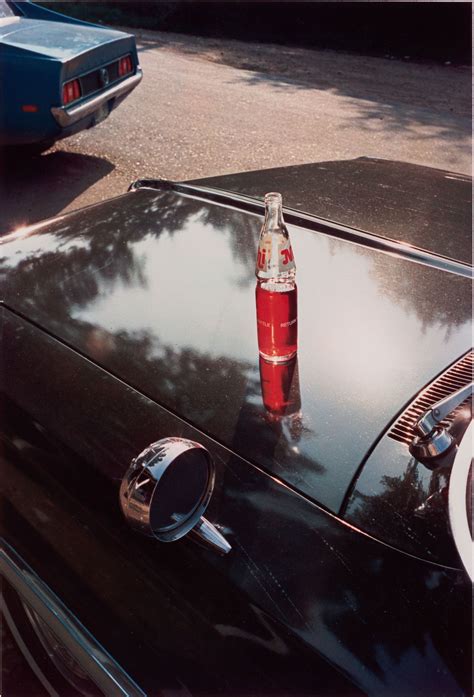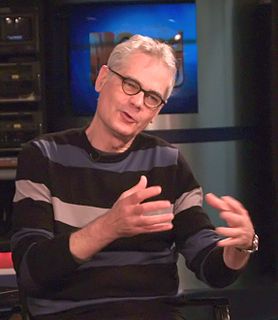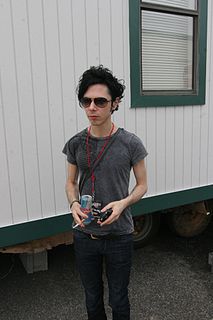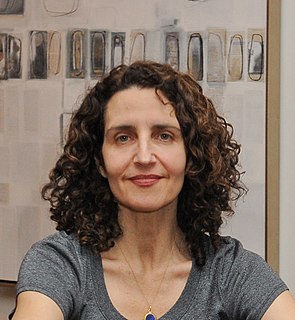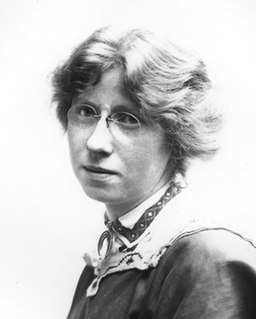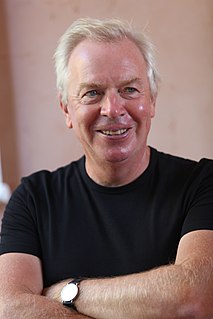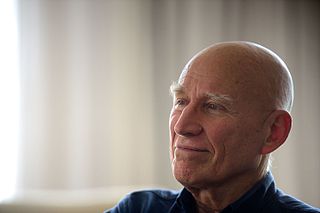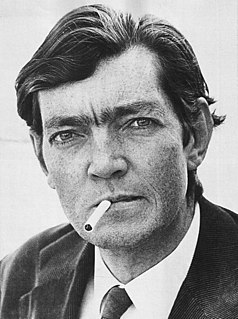A Quote by Burton Silverman
In an era when museum curators were busy introducing the public to photographs of daily life taken by Robert Frank, Henri Cartier-Bresson, and Diane Arbus, why did they simultaneously disdain paintings depicting the same kind of people?
Related Quotes
Some of the people who are now manipulating photos, such as Andreas Gursky, make the argument - rightly - that the 'straight' photographs of the 1940s and 50s were no such thing. Ansell Adams would slap a red filter on his lens, then spend three days burning and dodging in the dark room, making his prints. That's a manipulation. Even the photographs of Henri Cartier-Bresson, with all due respect to him, are notoriously burned and dodged.
The decisive moment, the popular Henri Cartier-Bresson approach to photography in which a scene is stopped and depicted at a certain point of high visual drama, is now possible to achieve at any time. One's photographs, years later, may be retroactively rephotographed by repositioning the photographer or the subject of the photograph, or by adding elements that were never there before but now are made to exist concurrently in a newly elastic sense of space and time.
The great photographers of life - like Diane Arbus and Walker Evans and Robert Frank - all must have had some special quality: a personality of nurturing and non-judgment that frees the subjects to reveal their most intimate reality. It really is what makes a great photographer, every bit as much as understanding composition and lighting.
Producer Ed Pressman had a book about Diane Arbus - it's the only biography that exists - and there had been many Diane Arbus scripts. Many. I don't even know how many over the years. And it's sort of a cursed project, for lots of reasons. There's probably some pile somewhere of all these weird attempts, all these portraitures that can't get made.
A lot of my friends were mostly working in black-and-white-people like Lee Friedlander, Diane Arbus, Garry Winogrand, and others. We would exchange prints with each other, and they were always very supportive of what I was doing. What each of us was doing photographically was entirely different, but we were basically coming from the same place, sort of like a club.
I spent more than ten years working on the Neues Museum. It was a wonderful experience, an example of real collaboration between architects, conservationists, curators, client, politicians, the media, and the public. Discussions, even when difficult, were always about ideas. Ideas matter to Germans. They're a reflective people. That's attractive.
When I was just starting out, I met Cartier-Bresson. He wasn't young in age but, in his mind, he was the youngest person I'd ever met. He told me it was necessary to trust my instincts, be inside my work, and set aside my ego. In the end, my photography turned out very different to his, but I believe we were coming from the same place.
You're like a witness. You're the one who goes to the museum and looks at the paintings. I mean the paintings are there and you're in the museum too, near and far away at the same time. I'm a painting. Rocamadour is a painting. Etienne is a painting, this room is a painting. You think that you're in the room but you're not. You're looking at the room, you're not in the room.
